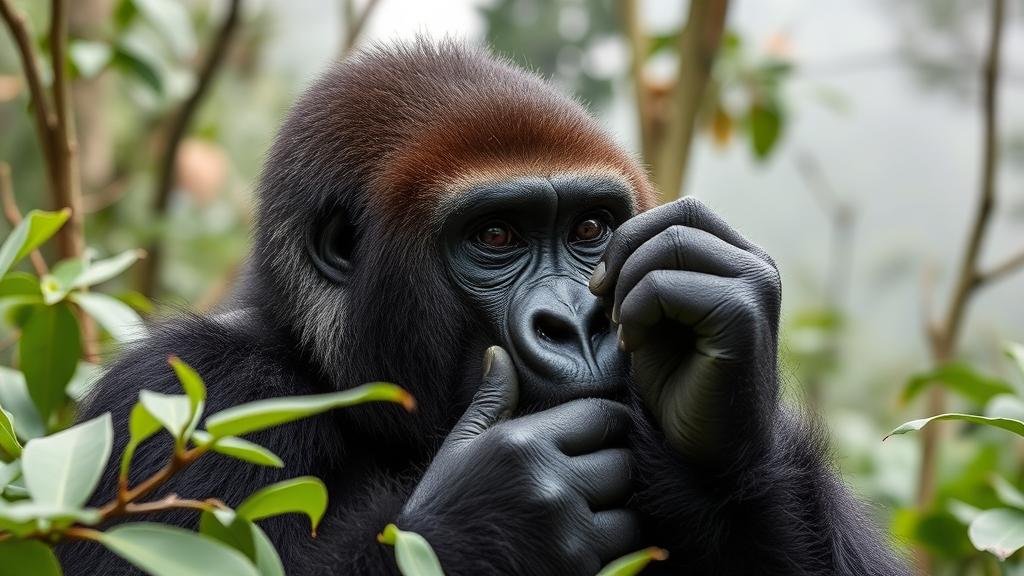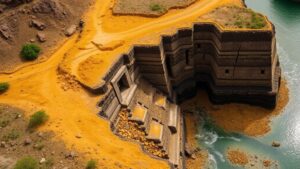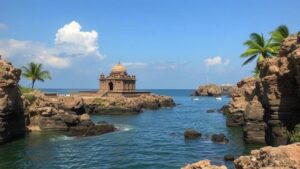Documenting rare encounters with mountain gorillas in the misty forests of Rwanda.
Documenting Rare Encounters with Mountain Gorillas in the Misty Forests of Rwanda
Rwanda, often referred to as the Land of a Thousand Hills, is blessed with stunning landscapes and rich biodiversity. Among its most treasured inhabitants are the mountain gorillas, a species that has captured the attention of conservationists and wildlife enthusiasts alike. The rare encounters with these magnificent creatures in their misty forest habitat are not only a privilege but also an opportunity to understand the importance of conservation efforts in sustaining their populations.
The Habitat: Volcanoes National Park
Mountain gorillas reside predominantly in the dense, mist-laden forests of Volcanoes National Park, which is located in the northwestern part of Rwanda. Established in 1925 as a crown reserve, this park is home to five of the eight Virunga volcanoes and is recognized as one of the last sanctuaries for the endangered mountain gorillas.
The park spans over 160 square kilometers and features rugged terrain interspersed with bamboo forests, alpine meadows, and volcanic peaks. The climate is primarily characterized by heavy rainfall, leading to a lush and vibrant ecosystem that supports a diverse range of flora and fauna. This biodiversity is crucial for the survival of the mountain gorilla, as their diet consists mainly of leaves, shoots, and fruits found in this environment.
Mountain Gorillas: An Endangered Species
Mountain gorillas (Gorilla beringei beringei) are classified as endangered, with estimates suggesting that there are just over 1,000 individuals left in the wild. Thanks to intensive conservation efforts over the past few decades, their numbers have gradually increased from a low point in the late 20th century. For example, a census conducted in 2010 reported approximately 786 individuals, while recent surveys have indicated that this number has climbed to 1,063 by 2020.
One such successful conservation initiative is the Rwanda Development Boards Gorilla Trekking program, which not only helps to protect the gorillas but also supports local communities through responsible tourism. This program has generated significant economic benefits; in 2019 alone, tourism contributed over $500 million to Rwandas economy.
The Experience: Gorilla Trekking
Gorilla trekking is the primary way to encounter these majestic beings. Visitors embark on guided hikes into the thick forests, often starting at dawn to benefit from cooler temperatures and increased gorilla activity. Trekkers are typically divided into small groups, with each group assigned to a specific gorilla family.
While hiking, visitors may encounter various other wildlife species, such as golden monkeys and a rich array of birds. But, the highlight of the trek is undoubtedly the moment the trekkers finally encounter the gorilla family. This experience can evoke a range of emotions, from awe to gratitude, as participants are allowed to observe the gorillas in their natural habitat for one hour–an experience truly unlike any other.
Documenting Encounters: Tips for Wildlife Photography
For those eager to document their encounters, capturing the majesty of mountain gorillas can be an exhilarating challenge. Here are some tips for effective wildlife photography in the forests:
- Use a Telephoto Lens: A lens with zoom capabilities, ideally between 70-200mm, allows for close-up shots without disturbing the gorillas.
- Adjust Your Settings: Set a fast shutter speed to freeze motion, as gorillas can be surprisingly agile.
- Practice Patience: Wildlife photography demands patience; wait for the right moment to capture the perfect shot.
- Respect Their Space: Always maintain a safe distance and follow your guides instructions to ensure both your safety and the well-being of the gorillas.
Also to photography, keeping a written account of experiences can deepen the appreciation of these animals and their habitat. Detailed notes on behaviors, interactions, and environmental conditions contribute to a broader understanding of their lives and inform conservation strategies.
The Importance of Conservation Education
Raising awareness about the plight of mountain gorillas is vital for their conservation. Educational programs, both on-site and in broader contexts, highlight the significance of protecting these species and their habitats. By engaging with local communities, conservation organizations aim to foster a culture of coexistence, emphasizing that gorillas are part of the natural heritage that benefits all Rwandans.
One initiative, Gorilla Guardian, encourages local youth to participate in conservation efforts through education and active involvement in community-based projects. By instilling a sense of stewardship, these programs aim to ensure the survival of mountain gorillas for future generations.
Conclusion: An Ongoing Journey
Documenting rare encounters with mountain gorillas in Rwanda not only enriches our understanding of these magnificent creatures but also emphasizes the importance of conservation. As populations continue to recover, it remains essential to balance tourism, education, and community involvement to support the ongoing survival of mountain gorillas and their misty forest homes. Whether through photography, journaling, or supporting conservation initiatives, every engagement plays a part in this crucial journey.
For potential travelers and wildlife enthusiasts, embarking on a gorilla trekking adventure is more than just a trip; it is an opportunity to connect with nature, help in conservation efforts, and contribute to a shared goal of preserving one of Earths most vulnerable species.



